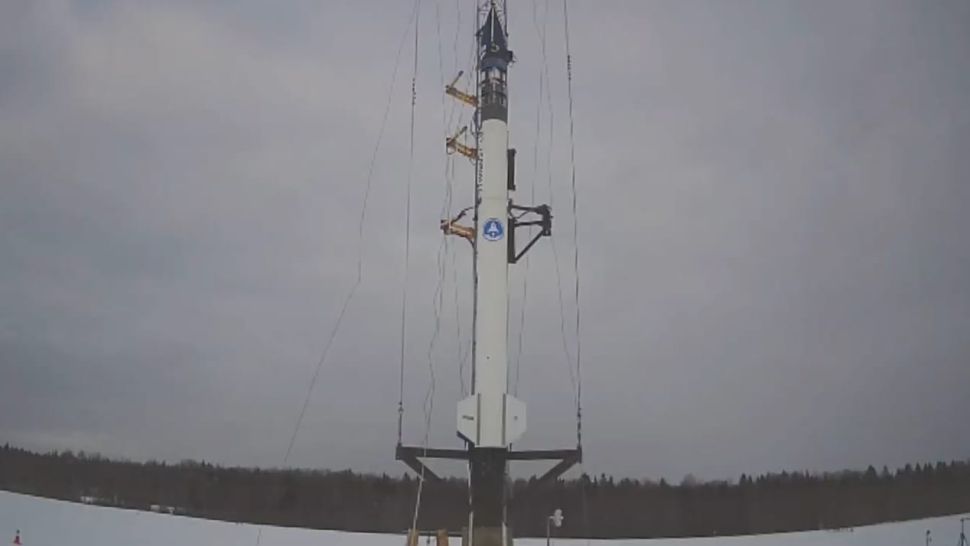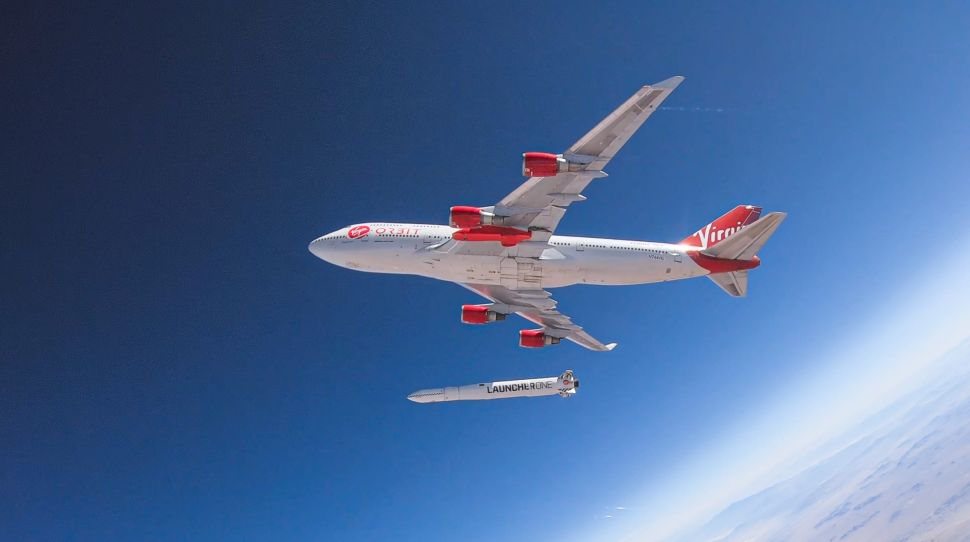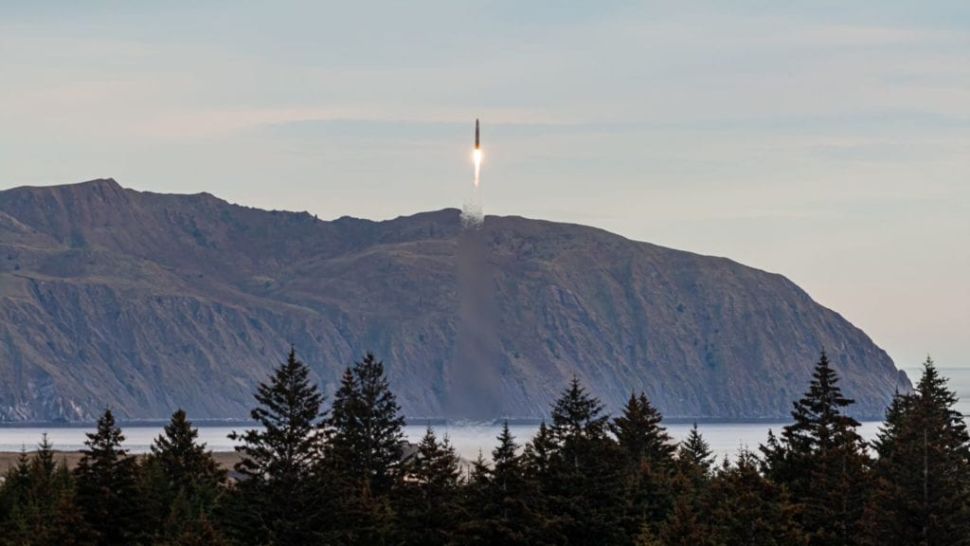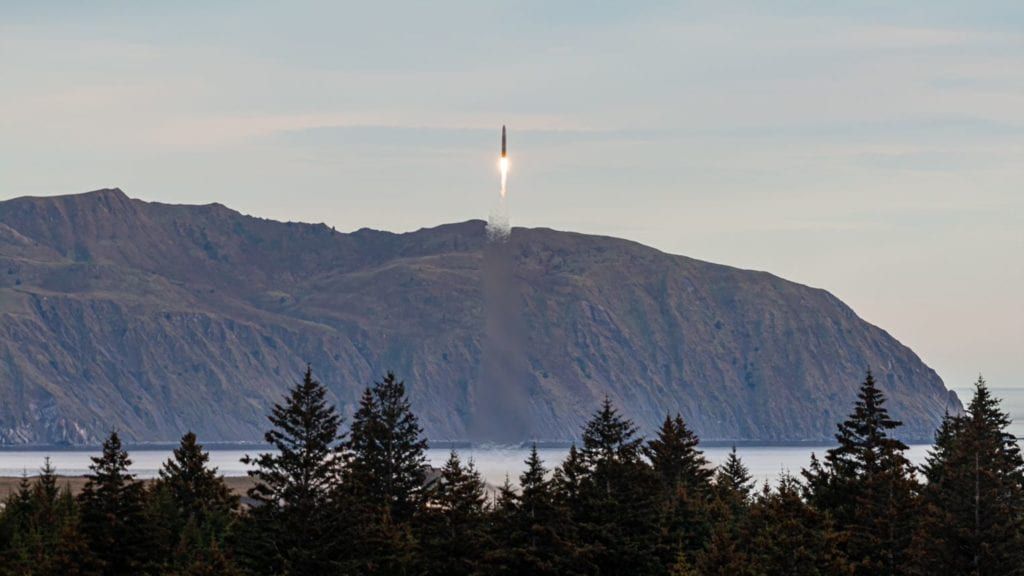
The to start with Stardust lower-altitude rocket by bluShift aerospace stands atop its start rail on a decommissioned runway in Limestone, Maine. bluShift Aerospace
Elon Musk’s SpaceX dominated the professional house marketplace in 2020 and is still escalating at unprecedented velocity, with multiple groundbreaking tasks underway. And but, SpaceX’s broad rocket-building functionality and seemingly infinite capital pool are really hard to match, the truth is that you do not generally will need a 200-tall Falcon 9 booster to deliver satellites into orbit. That provides other startups some hope, a useful resource has fueled tech enterprise for the previous four a long time.
A crop of smaller sized space providers, established by billionaires and marketplace veterans alike, are checking out more cost-effective, a lot more successful techniques to launch small and nano satellites into Earth orbit to meet the booming need. They are a innovative bunch: some have ditched the market conventional vertical-start technique some are launching rockets from snow-lined mountainous regions and just one organization is getting ready itself to be the very first rocket maker to be traded on NASDAQ.
Virgin Orbit: Rocket Launch Devoid of Liftoff


‘Cosmic Girl’ Boeing 747 releases LauncherOne mid-air for the initial time for the duration of a July 2019 fall test. Virgin Orbit
Richard Branson’s Virgin-branded place startups having lengthy utilized unconventional solutions to deliver individuals and payloads into place. Previous month, Virgin Orbit, the satellite unit of Virgin Team, successfully despatched 10 smaller satellites to Earth orbit by way of an “air-launch system,†where by a modified Boeing 747 plane took off from a runway with a 70-feet-tall LauncherOne rocket bundled beneath 1 of its wings and launched the rocket at an altitude of 35,000 ft (10,700 meters). The rocket then fired up its individual engine and further more ascended to the orbital plane.
Virgin Orbit says this tactic supplies a lot more versatility than the vertical-launch technique. The air-launch technique can have up to 1,100 lbs . (500 kilograms) of payloads.
Astra House: Rocket Maker Using the SPAC Wave


Astra’s Rocket 3.1 still left the Alaskan coastline at Astra’s Kodiak start site on September 12, 2020. Astra
As an industry insider just lately explained to Observer, most room startups do not treatment substantially about boosting income from the general public market since, with their founders currently being multi-billionaires, they never have to. But that’s about to improve in 2021 as a lot more entrepreneurs enter the booming industrial house sector and SPAC (“special-goal acquisition companyâ€) bargains, or reverse mergers, make it easier than ever for modest firms to go general public.
Previously this 7 days, San Francisco-primarily based Astra House, a producer of small (properly, 40-foot tall) satellite-offering rockets, announced that it has agreed to merge with the specific-function acquisition business Holicity to go community in a deal really worth $2.1 billion.
Established in 2016, Astra lifted only $100 million ahead of the SPAC offer. “What’s thrilling about this transaction is the speed with which we’re ready to convey the business,†Astra CEO Chris Kemp reported on CNBC’s Squawk Box on Monday. “This was the fastest way for us to not only elevate above fifty percent a billion pounds of capital but also arrive at general public markets.â€
bluShift: Liftoff From the Useless Winter of Northeast The usa
https://www.youtube.com/observe?v=n0wkjy2dP-E
At no position in the United States’ 50-12 months history of space exploration has there at any time been a rocket introduced from Maine. Nor does NASA has an workplace there to investigate house initiatives of any type. The northernmost continental state bought in the match final Sunday, nevertheless, when Maine startup bluShift Aerospace released a little prototype rocket from a snow-covered runway at the Loring Commerce Center in Limestone (in spite of freezing temperatures and two phony begins.)
The prototype, named Stardust 1., is the world’s to start with business rocket to be driven a bio-derived sound gasoline. The single-phase booster stands just 20 ft tall (6 meters) and can have 17 lbs (8 kilograms) of payload.
All through Sunday’s check, Stardust 1. flew to an altitude of just about 4,000 feet (1,220 meters) and returned to the floor with a parachute. The examination was deliberately underneath-fueled to comply with the FAA’s time and height limitations for novice rocketry. In the long run, bluShift aims to arrive at Earth orbit and commercialize Stardust rockets as carriers of nanosatellites.
Rocket Lab: Reusable, But Scaled-down and Much More cost-effective
https://www.youtube.com/enjoy?v=enndCzvZpZk
Rocket Lab, a pioneer of modest satellites and supply rockets, aims for the exact reusability future as SpaceX but needs to do so at a portion of SpaceX’s price tag. The New Zealand-based corporation has created wonderful development with Electron, a two-phase booster which is 4 periods lesser than a SpaceX Falcon 9 and expenditures up to 90 percent fewer to fly an orbital mission.
Final November, Rocket Lab effectively recovered the initial stage of an Electron rocket in a milestone examination. The firm has prepared four test flights in 2021 so significantly. Founder and CEO Peter Beck mentioned the firm is “30 p.c performed from in which we in the long run want to be.â€

